|
If you want some quick-and-dirty advice about rings, watch this video! If you need more details, keep on reading. There's a lot to discuss when it comes to rings, and you don't want to be the person who makes an impulsive decision that ends badly down the road. Questions to ask if you’re the buyer: 1. Is the stone conflict free? The simple definition of a conflict diamond (also called blood diamonds, red diamonds, or hot diamonds, depending on the context,) are diamonds that are sold to finance civil wars in undeveloped countries. To complicate the diamond industry further, the diamond mining industry is filled with unethical practices that often lead to violence. Looking for diamonds that were mined according to strict labor and environmental standards is an ethical decision that is often overlooked when ring shopping. A jeweler should be able to show you a specific diamond’s System of Warranties to guarantee its origin. In addition, ask your jeweler if they are KPCS certified and make sure they provide you with proof of their certification. KPCS is the Kimberley Process Certification Scheme, which (while not a perfect system) is designed to eliminate the flow of conflict diamonds. The requirements of the KPCS should be the bare minimum to look for, and if your jeweler goes above and beyond those requirements, even better! A nearly guaranteed way to not pay into a corrupt system is to purchase an antique diamond or use an heirloom stone. Many antique diamonds pre-date diamond-related violence, and passing down a stone through the generations is always a more ethical practice than buying a new stone. SOURCES: The Scoop on Conflict-Free Diamonds Beyond Conflict Free Diamond Buying Guide 2. What is the resale value? This might be a weird thing to think about when you’re purchasing a ring, but what you pay for a ring is not what the true value will be forever and always. The GIA (Gemological Institute of America) spells out a variety of systems that determine diamond value. Remember the 4 Cs: Color, Clarity, Cut, and Carat. Color doesn’t just mean is it white or yellow or blue or pink. The GIA color scale ranges from colorless to near colorless to faint to light color, and that’s just for white diamonds. On the D-Z scale, you’ll want to look for something between a D-J, D being completely colorless and the most expensive to J, being near colorless and average priced. The most common diamonds are around an H. Clarity refers to how clean and pure the diamond is. A Flawless diamond is going to be very expensive and very rare, but the closer you can get to flawless, the better. The scale goes Flawless, Internally Flawless, Very Very Slightly Included, Very Slightly Included, Slightly Included, and so on. Most diamonds on the market are going to be SI1 or SI2, which means you can see inclusions in the diamonds under 10x magnification. That’s just fine for resale, but obviously the more flawless, the better. Cut has to do with, you guessed it, how well the diamond is cut, and it also is about diamond shape. Diamond shape is entirely up to personal taste, but it’s good to keep in mind that you can see inclusions more easily in diamonds with an open cut (like emerald) opposed to a diamond with an intricate cut, (round, princess, etc.) so clarity and cut are intertwined in that way. The cut of the diamond also has to do with the actual diamond facets and how they interact with the light. It's not terribly important to understand all the ins and outs, but the artistry and skill of the person cutting with the diamond will determine how much a diamond costs. Carat is weight and SIZE. Pretty easy to understand, the bigger the diamond, the more expensive. I rarely would ever recommend going above 1 carat, and it is much more important in terms of resale to get a smaller diamond with better color and clarity. And all that is just for the rock! Resale value is determined by setting as well. A pear or marquise shaped diamond need to either be set in a bezel setting or they need have caps on the pointed tips to keep them from breaking off. If they don’t have that, it’s a cheap setting and is essentially worthless. Same goes for prong settings that look either short/nubby or long/claw-like – they’re cheaply made and won’t hold the stone as well. In addition, the metal that is used in the setting determines the value. Precious metals in the gold, silver and platinum family are going to demand a higher resale price due to their rarity and value on the market. SOURCES: Gemology Institute of America GIA 4Cs Education Zales Guide to Jewelry Making 3. How hard is it to maintain? The current popular ring styles are actually the worst things ever. They’re really glittery and all, but more things can catch on them, all those little side stones will need re-tipped over time (more on that later,) they’re more likely to get dirty, you knock into it and there are more little diamonds that could fall out. I’ll address the ring receivers on how to maintain the ring well, but it’s YOUR job as the buyer to get something that won’t make it too difficult for your partner. 4. Can it be re-sized? All those rings with all the side stones all the way around? You can't re-size them. All those rings with intricate scroll-work all the way through it? You can't re-size them. All those rings in cheaper metals like tungsten? You can't re-size it. And before you say "I'll never need to re-size it," you may not, but you probably will. Your hands change as you age, and your ring isn't likely to fit the same 20 years down the line. DO NOT be the person who never, ever takes your ring off – you WILL have to get the ring cut from your finger if you don’t want to risk permanent damage to your hand. The ability to re-size is crucial. Neither of these rings can be re-sized. 5. Does it come as a set with a matching band? Jewelers aren't always going to willingly volunteer that an engagement ring doesn't have a matching band, because then you'll have to pay for a custom-made wedding band, which gives them more money. You have to ask. I know as the buyer you're only focused on one ring, but the second one is just as important. If you don't want to shell out more than $800 for a custom wedding band (and that's for a plain band without stones, mind you) then be sure to check if it is a matching set. Things to consider as the receiver: 1. Don’t make the shopping experience too overwhelming. It’s REALLY easy to get overwhelmed on Pinterest. On one hand, it’s great that we have the internet to inspire us and to easily search rings to buy, but eventually your buyer is going to have to narrow it down. Providing under 10 options at a variety of price points is beneficial. 2. Keep maintenance in mind. I want you to all hold up your right hands and solemnly swear: I will not wear my ring 24/7. Just don’t. I don't care if you think it symbolizes that your love never dies or something ridiculous like that. No. Do not wear your ring when washing your hands. Do not put lotion on when you're wearing your ring. Do not wear your ring when you're doing messy things like cooking or gardening or painting or anything. If you want your ring to last, only wear it when you're leaving the house and take it off when you get home. Register for a ring dish if that helps. Think I'm being ridiculous? I'm not. Water = scratches and erosion. Lotion = gunk collecting underneath the stone setting, which, if you have a LOT of stone settings, is bad news. Wearing your ring all the time means the prongs on your stone settings wear faster, which means having to get your prongs re-tipped, which again, is bad news. Never heard of re-tipping? Jewelers don’t talk about it much. As your prongs wear down, stones can come loose and fall out, so they need to be built back up. Here is a popular ring style from Kay: 20 outer halo diamonds
12 inner halo diamonds 1 center diamond 20 band diamonds, 10 each side. 53 diamonds x 4 prongs per diamond = 212 tips. Re-tipping cost varies by jeweler, but many charge by the prong. You don’t want to have to get 212 prongs re-tipped. Need further evidence? My mom has had her wedding ring for more than 30 years, and she has never needed re-tipping. You know why? She takes her ring off the second she gets home and puts it in a ring dish. If she's going somewhere where she knows she's going to be doing a lot of work with her hands, she wears a plain band so she doesn't mess up her good ring. Take notes. 3. Solder your bands together. A lot of people don’t want to do this because they like to wear their band on its own instead of as a set all the time. If you think you’ll want to do this, I highly recommend getting a plain band to wear solo. If you don’t solder your bands, they rub together and cause irreparable wear. It will be better in the long haul if you solder right away. There’s a lot more to know about rings depending on what type of ring you get, but obviously the most important thing is that you and your partner love it. …and that you take it off when you get home. I seriously cannot stress that enough.
2 Comments
I was first introduced to the wonders of Alexis Russell jewelry this past May when my lovely friend Briana received an Alexis Russell engagement ring. (A preview of Briana's engagement photos can be found here.) I have always loved unique, non-traditional bridal jewelry, and I FELL IN LOVE with everything on Alexis Russell's website. Alexis first started her jewelry career in 2005 after She uses recycled metals and conflict free (often raw and uncut) diamonds and gemstones, and her designs are a healthy mix of organic/boho and strikingly modern. I wish I could use a different word than "obsessed" because it's kind of a cliche word, but truly...I'm obsessed with her engagement rings. My hypothetical future husband seriously needs to take note. While Alexis has a definite distinct style, her bridal jewelry still comes in a wide variety of aesthetics, from deep colored raw diamonds like Briana's to more traditional clear stones in unique shapes. Naturally, she makes remarkable, simple wedding bands to make a perfect pair. For something even more non-traditional (or simply for everyday jewelry) Alexis carries small, raw diamond stacking rings. And men, she hasn't forgotten about you. Her hammered unisex rings are a perfect wedding band for the bride or groom. Then there's the OTHER jewelry options. Her hand chains are perfect right-hand compliments to her wedding rings, and all her bracelets, earrings, and necklaces are remarkable. It would be a serious oversight not to mention her "save the date" necklaces. You can customize them to say anything, and they make excellent, understated gifts for bridesmaids, MOBs and MOGs, and anyone within a bridal party. Perhaps the BEST news for my fellow Illinoisans is that Alexis Russell designs are now being carried in Winnetka, IL!
I'll say this: Alexis Russell is not for everyone. Her designs are unexpected and different, and not everyone likes that. But to that, I'll say THIS: everyone should like it. "Pay attention. See how genius creates a legend." - Shakespeare in Love (all photos courtesy of www.alexisrussell.com) |


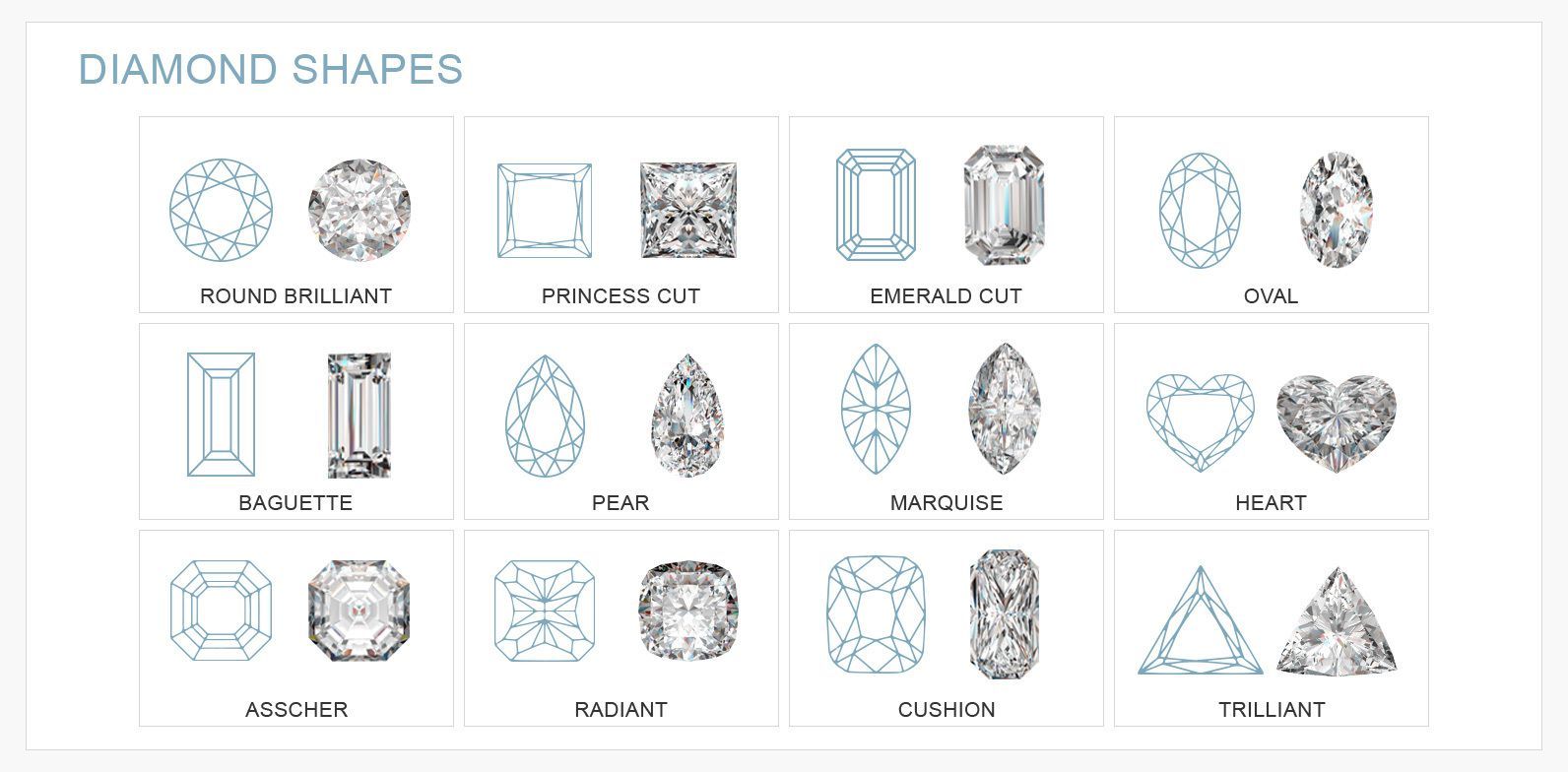
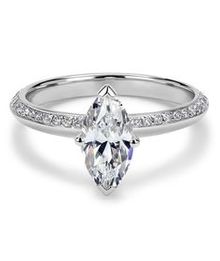
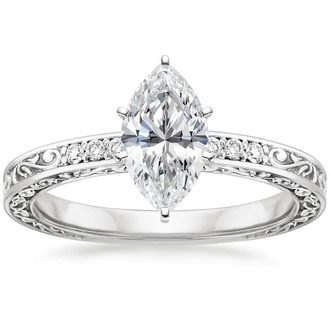
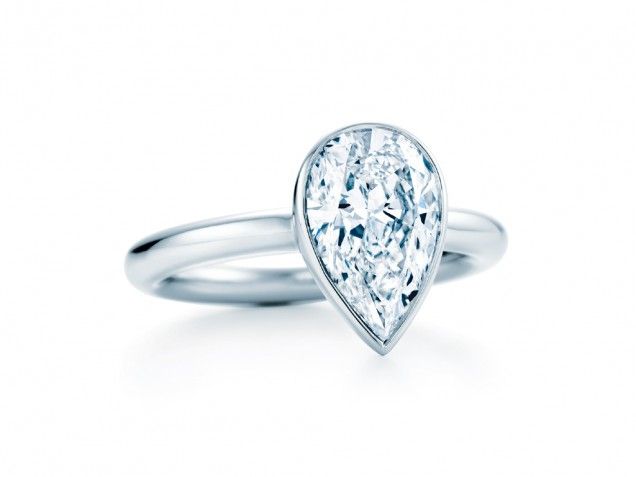
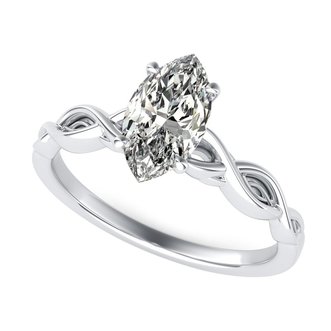
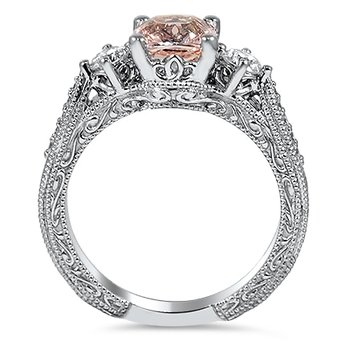
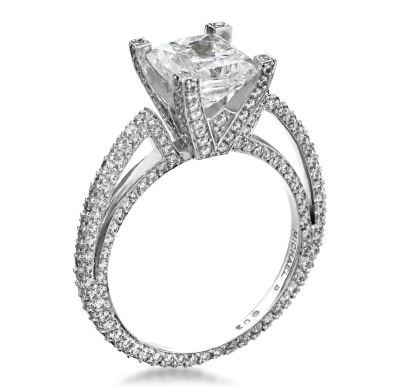
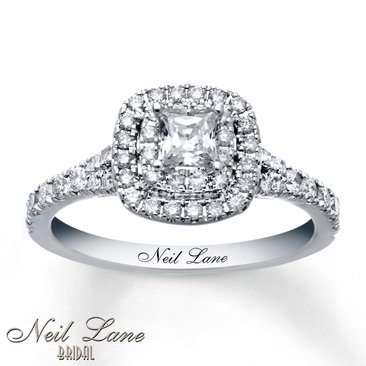
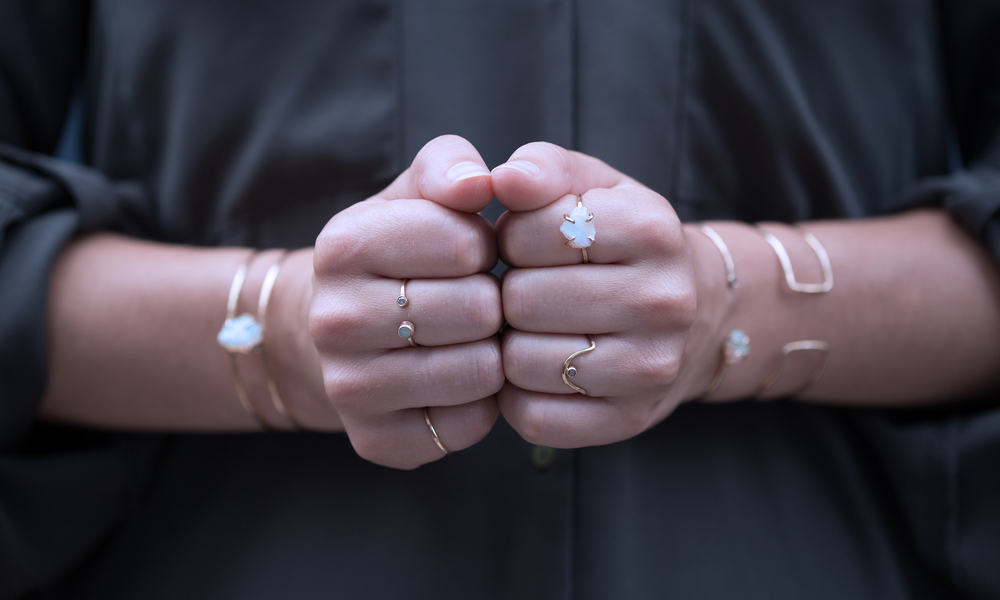
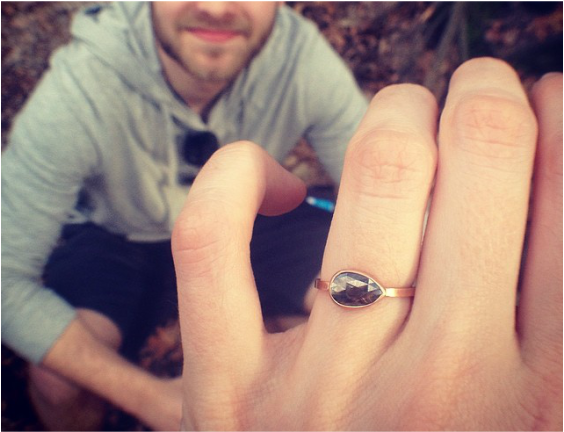
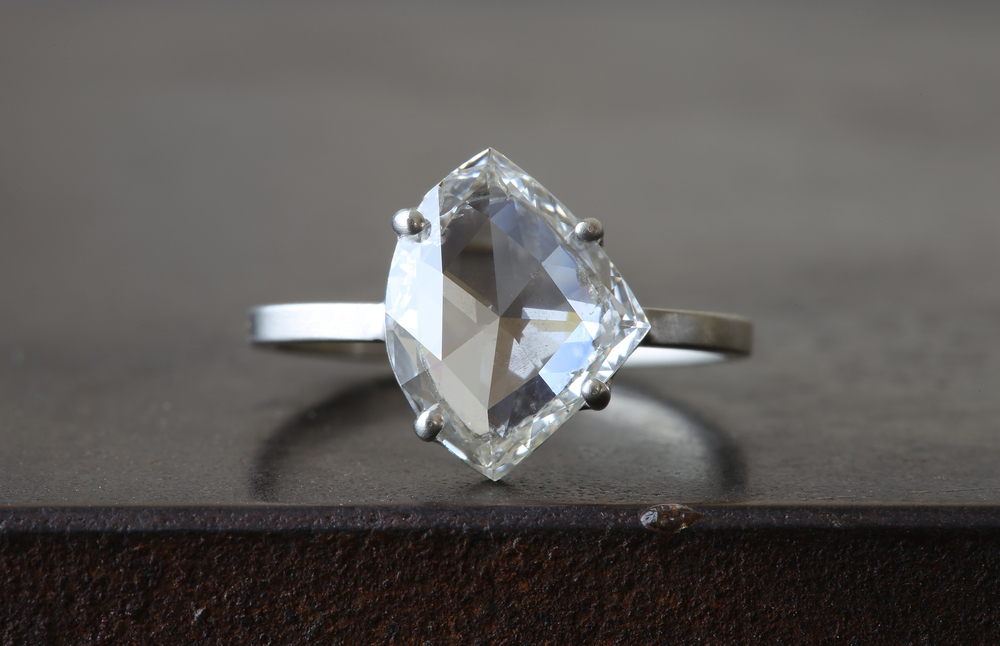
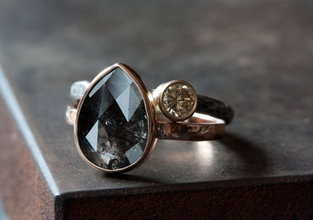
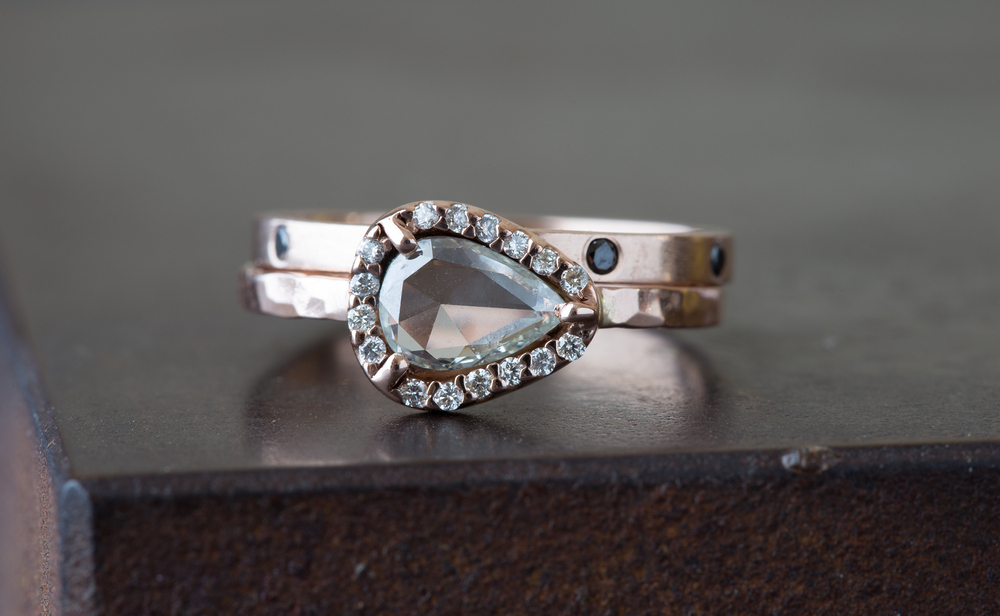
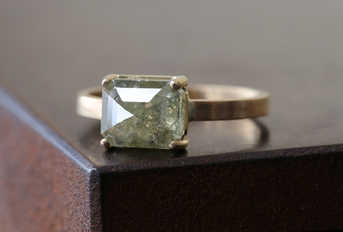
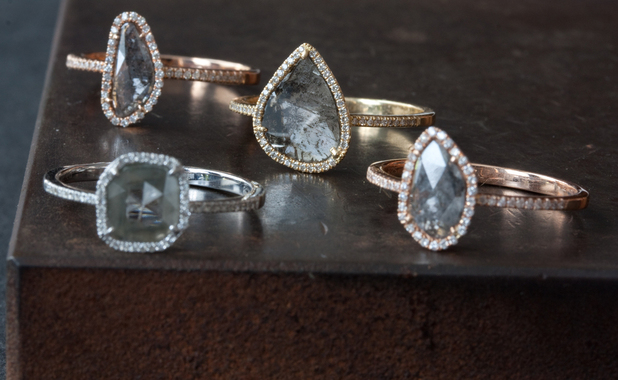
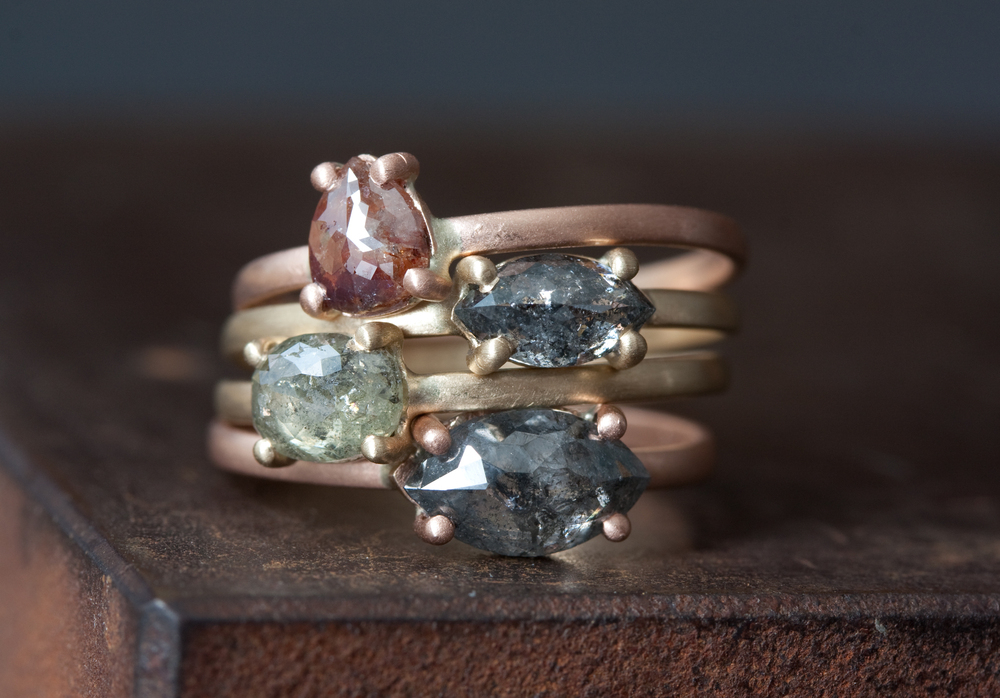
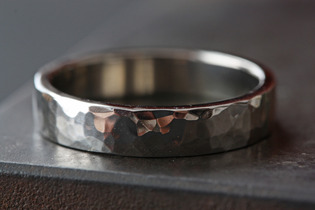
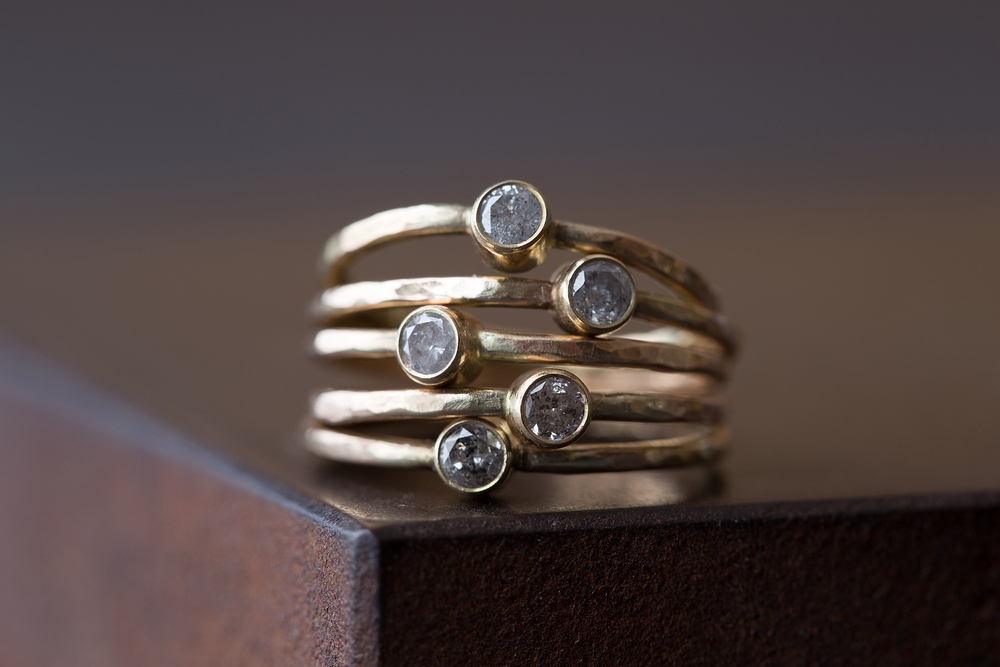
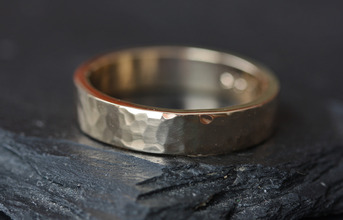
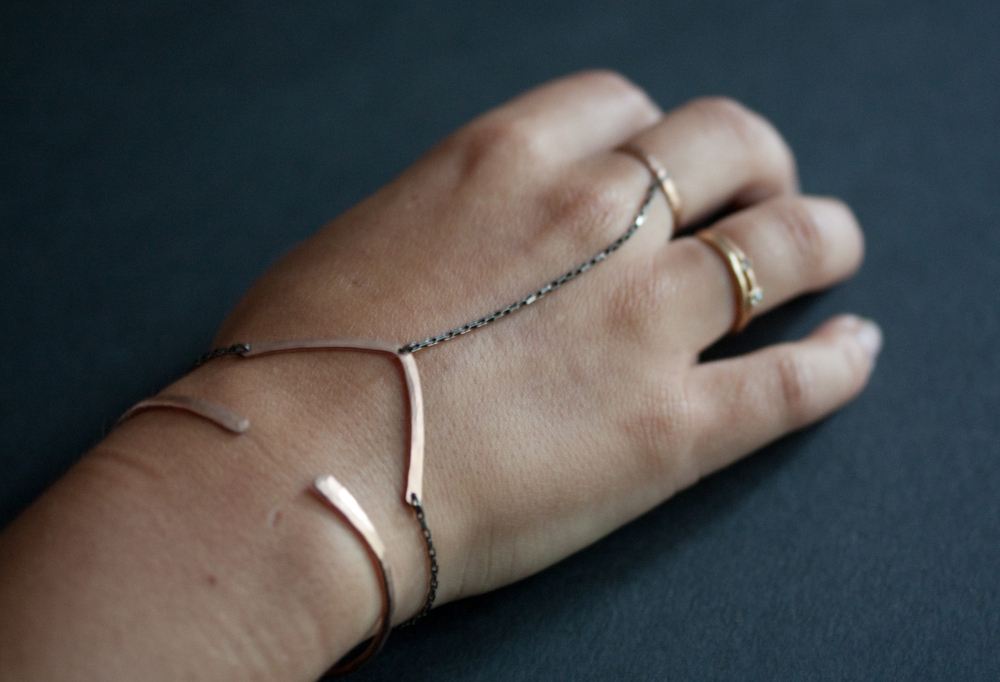
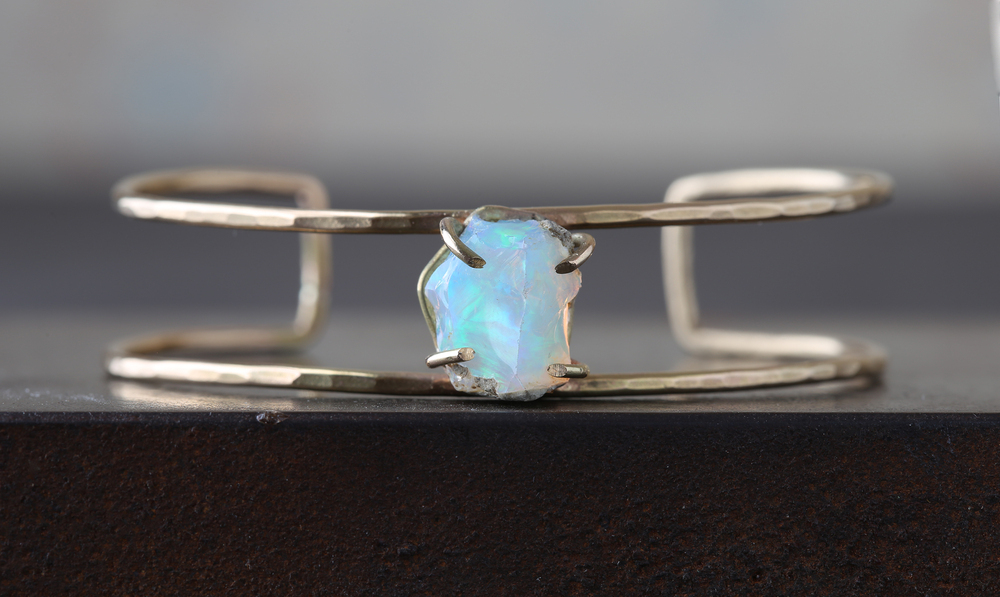
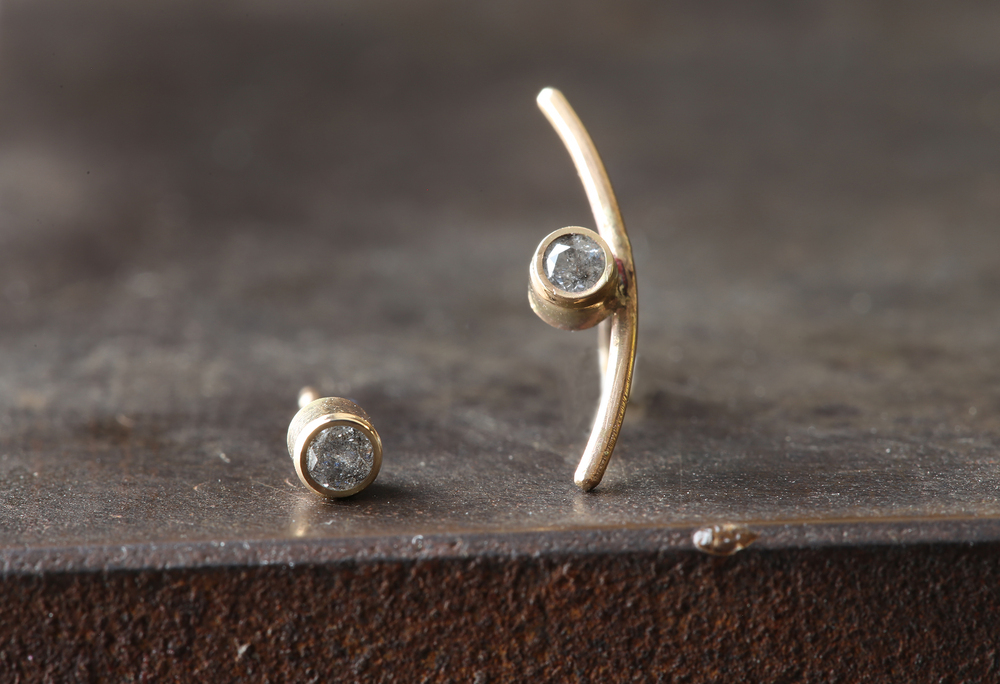
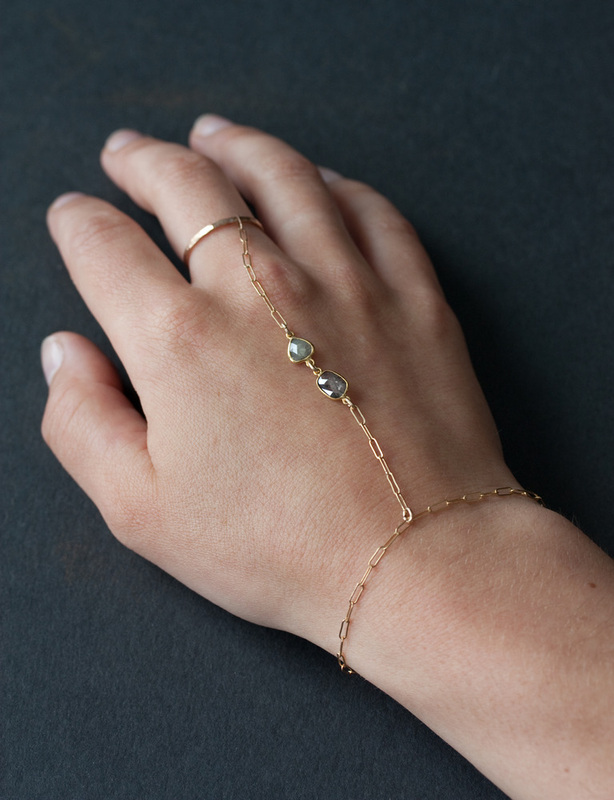
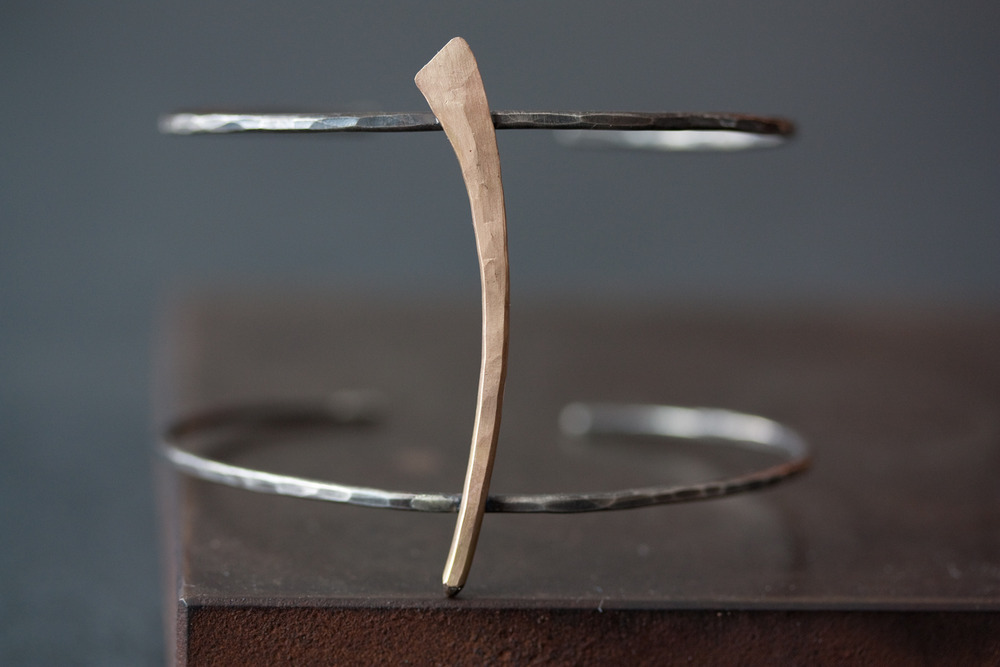
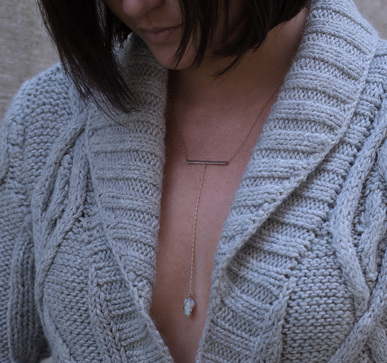
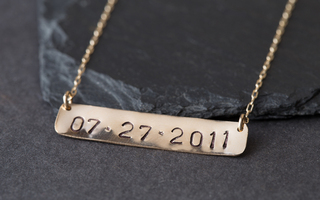
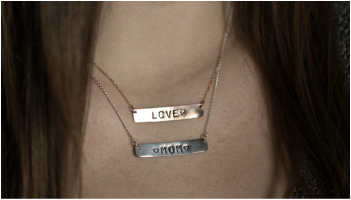
 RSS Feed
RSS Feed